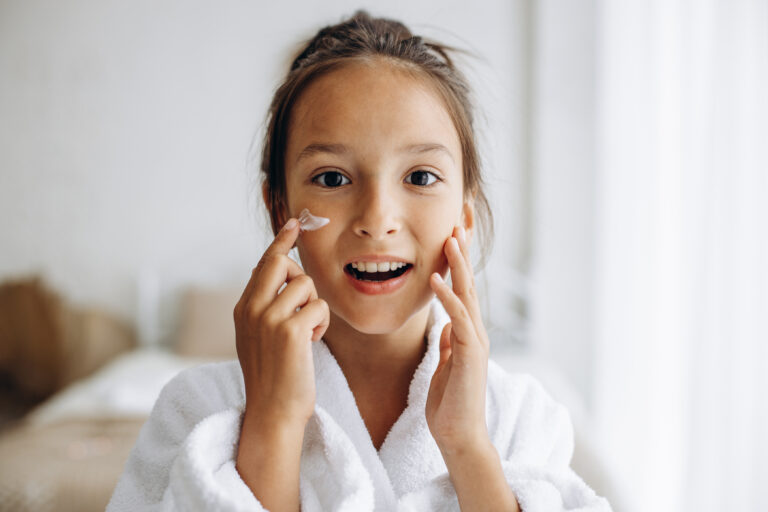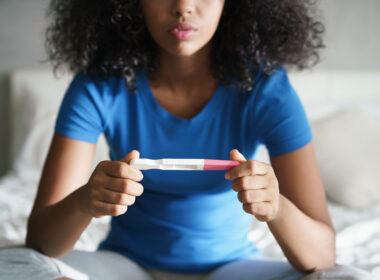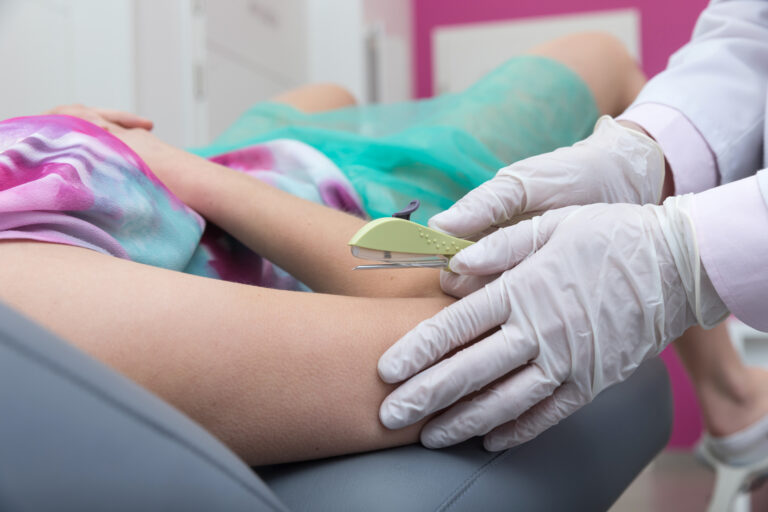Too many young women sit through sex education class but don’t learn about their fertility or how their menstrual cycle is a “fifth vital sign” of their overall health.
Because they don’t know what’s normal and what’s not when it comes to their cycles, they’re unsure when to seek help for reproductive symptoms. Many mistakenly believe, like their sisters or moms before them, that heavy bleeding or severe period pain are just “part of being a woman.”
Cycle charting can open up a whole new world of appreciation and respect for the goodness of their female bodies, and knowledge of when it’s time to see a doctor for cycle problems.
This page was last updated on May 21, 2024.
-

#KidsatSephora: The tween and teen obsession with elaborate skincare
By Madison Ayers • April 30, 2024What’s behind the social media craze -

Diagnosing and treating endometriosis in the teen years
By Grace Emily Stark • March 27, 2024Getting young women help for Endo earlier with more aggressive treatment -

How cycle charting can help your teen reverse prediabetes
By Anne Marie Williams, RN, BSN • March 21, 2024Blood sugar levels change over the course of the cycle -

How common are PMS and PMDD in teens?
By Madison Ayers • March 21, 2024Why birth control and antidepressants may not be the best treatments -

Menstrual cycle tracking can help teen girls with Type 1 diabetes better manage their insulin. Here’s how.
By Christina Valenzuela • February 22, 2024Cycle charting isn’t just for family planning. -

The link between early teen sex and sex trafficking
By Kristen Curran • January 25, 2024And how can we protect teens? -

Who gets to decide whether teen girls use birth control, parents or daughters?
By Kristen Curran • January 25, 2024And the most important thing a parent can do to prevent teen pregnancy -

Teens and sex: Why the risks and side effects of birth control can be especially bad for teens
By Madison Ayers • November 17, 2023Girls on HBC don’t ovulate, and that’s a problem. -

Teens and sex: Why sexually transmitted infections wreak greater havoc on teens than adults
By Kristen Curran • November 17, 2023Adolescent are biologically more susceptible than adult women to STIs





